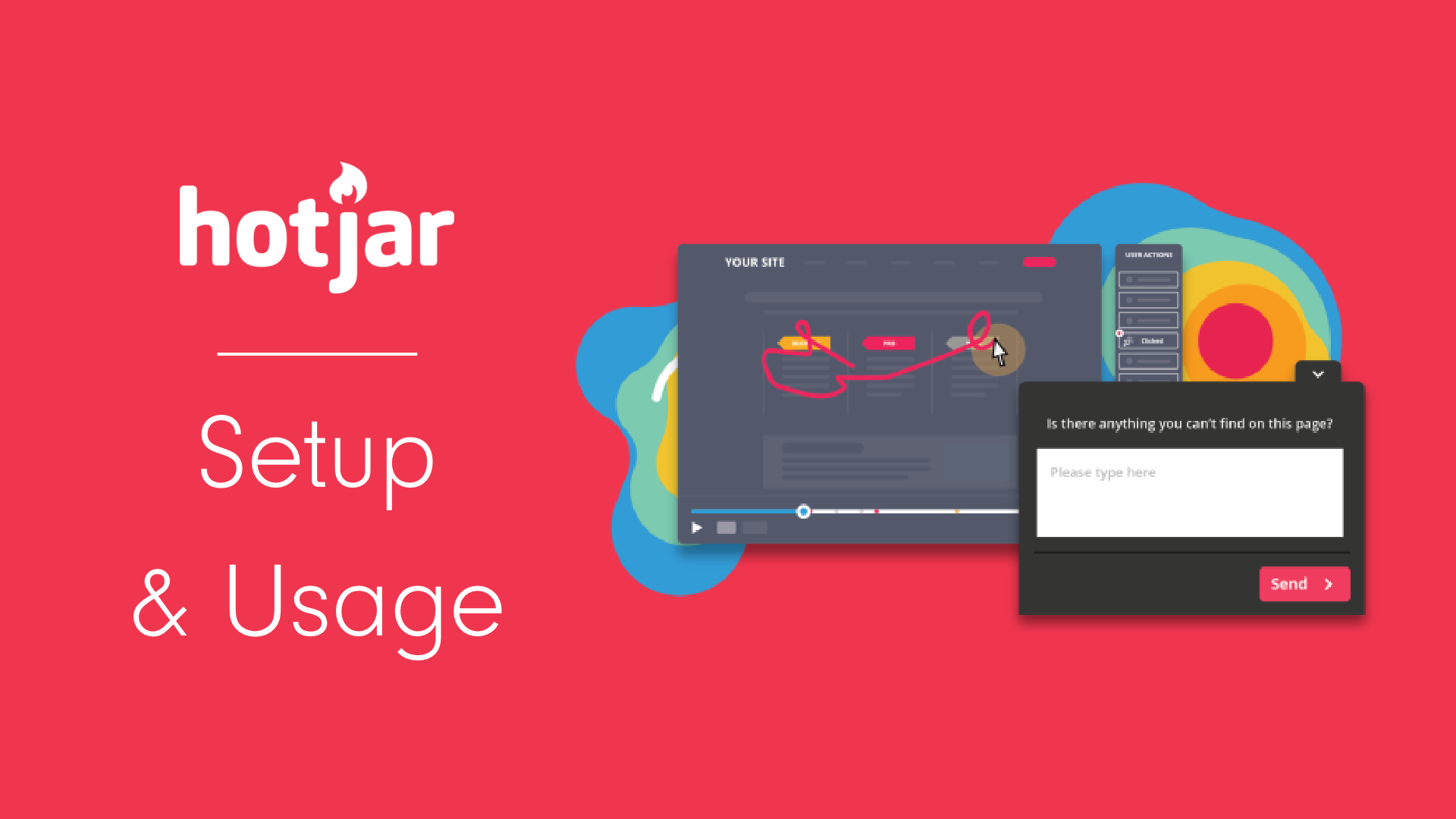Time to take a deep dive into all HubSpot's two main analytics tools have to offer. Here you can discover how your users are arriving at your website, how many new contacts you are generating, how your pages and blogs are performing, and a whole lot more!
Resources:
Analyze your site traffic with the traffic analytics tool:
https://knowledge.hubspot.com/reports/analyze-your-site-traffic-with-the-traffic-analytics-tool
Understand HubSpot's traffic sources in the traffic analytics tool:
https://knowledge.hubspot.com/reports/understand-hubspots-traffic-sources-in-the-traffic-analytics-tool
Analyze Your Page and Blog Performance in the Website Analytics Tool:
https://knowledge.hubspot.com/articles/kcs_article/reports/analyze-your-landing-page-website-page-and-blog-performance
Full Transcript:
To get to the analytics tools, click “Reports” and then “Analytics Tools”. From there you’ll notice a wide range of analytics tools for you to explore but today we are just going to focus on traffic and websites. Let's start with traffic!
The traffic analytics tool at its core, is a record of where users are coming from, to make it to your website. This includes any and all pages where your HubSpot tracking code has been placed, including on non hubspot pages. This is not a record of how individual pages or even sets of pages are performing. Your goal when using this tool, should be to discover how each of your marketing channels are performing and factors are leading to these results.
Let’s first begin with the sources tab, which is where you will be spending most of your time. The first thing you’ll see are a set of filters. By default, the date range will be set to “This month” and you will find this is a case across HubSpots Analytics tools but you can change it to be any period of time you wish. Just make sure you are aware of the set date range before evaluating your site's performance. You also have the option to adjust the frequency of data shown in the chart, filter by individual domain, and include/exclude offline sources. Offline sources being any contact who was manually added to your database through things like a list upload.
Next you’ll see an option to export data, a button also found throughout HubSpot, and the option to save this report to a dashboard. We will cover dashboards in a separate video. Next we have a chart representing different parts of the data and finally the actual sources report.
If we take a look at our numbers here, we can see that we have 8 total sources of how users are arriving at our website and as you can see, a vast majority of our site traffic comes from “Direct Traffic” and “Organic Search”. Each of these sources has their own set of basic data on how each source type is specifically performing, including sessions, new contacts, session length, etc. However you may also notice that each of the sources are clickable. Clicking on each of these links will bring you one level deeper into the data of that source so you can get more specific details about that source. Not all deep dives will look the same however. Take organic search for example. Organic search are those who are arriving at our website by searching keywords through a search engine like Google. So if we click inside, we’ll find it is giving us a list of popular search terms that are leading people to our website. Clicking one level deeper and we get the breakdown of the search engines being used.
Next let's look at Email marketing. Here you will find a list of how individual email campaigns have performed, and one level deeper you get how each individual email has performed.
Check the description for resources that describe each source type.
The remaining tabs include “Topic Cluster” data, which is a tool we will cover in another video, “UTM Parameters”, which includes the data from tracking URLs, and finally “Pages”. The pages tab contains a list of ALL pages where your HubSpot tracking code exists, including pages not in HubSpot, and gives you a high level overview of each page’s performance. However, if you want a more detailed breakdown of individual page performance, we need to move on to the Website analytics tool.
The Website Analytics tool differs from the Traffic analytics tool in that it’s main focus is not on determining how users arrived on your website, but instead how your HubSpot pages are performing once the user arrives on your website. This tool does not include any non-HubSPot pages, even if they have your HubSpot tracking code.
To get to Website Analytics, go to reports, analytics tools, once again and click and select the appropriate tool. Once you arrive, you find a lot of the options are the same. You can adjust the date range, export data, and filter pages by type. You can also still filter by domain by clicking, filter pages, domain, and then selecting the domain you want to filter by.
Scroll down and you’ll find the full, top-level data report on all of your landing pages, website pages, or blogs (depending on which page type you chose). It gives you data like views, form submissions, and new contacts. If you want to dive a level deeper, simply click on any pages to be taken to a full breakdown of that individual page. It even includes a sources report for just that page!
Subscribe for more videos!
Recommended Videos
10 Technical SEO Tips for Non-Tech People
Host: Robert Gonzalez
Some technical SEO improvements can be very...




0 Comments
Topics: SEO, How to Use HubSpot, HubSpot Analytics Tools